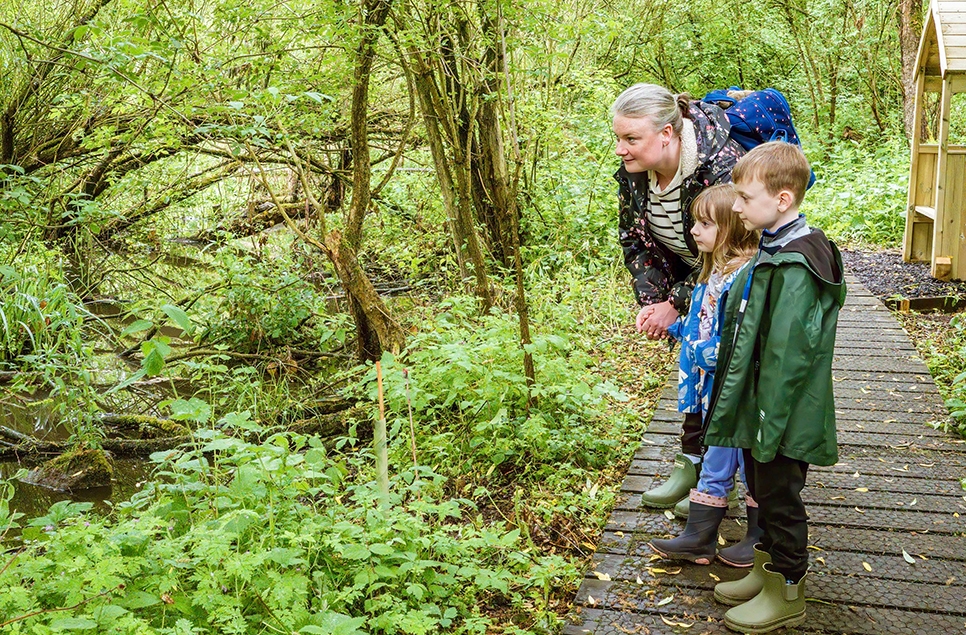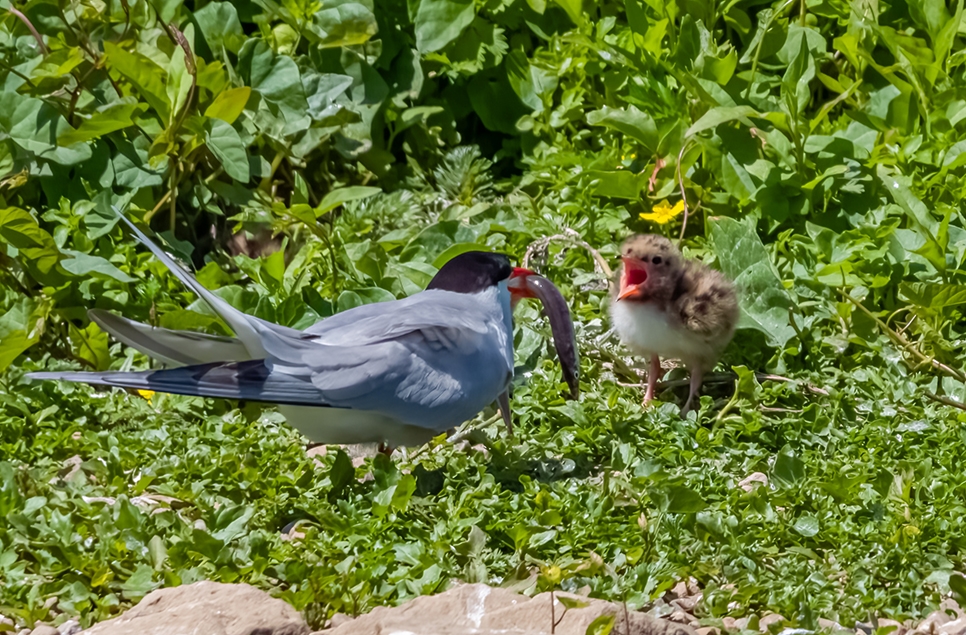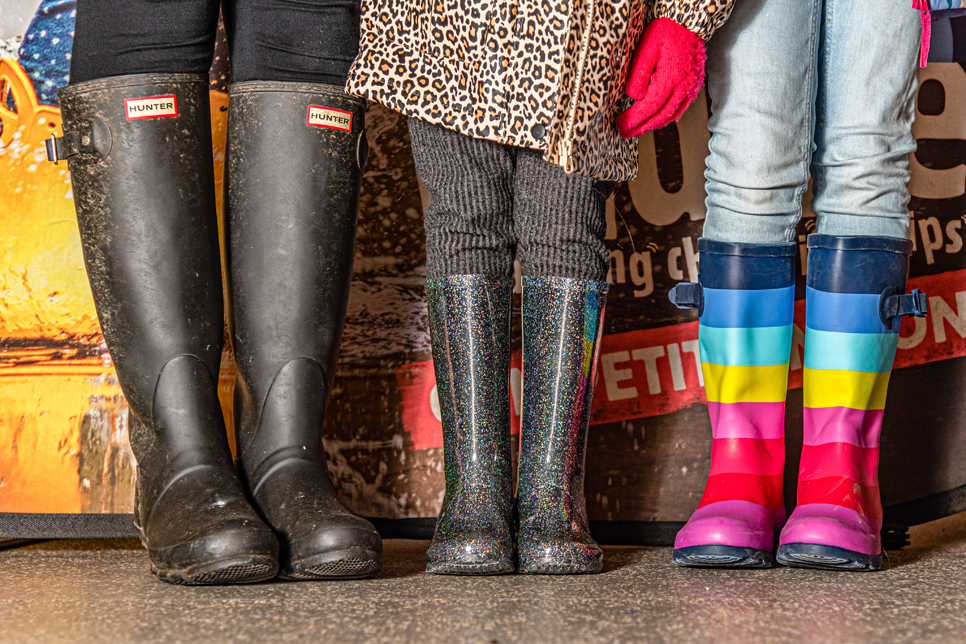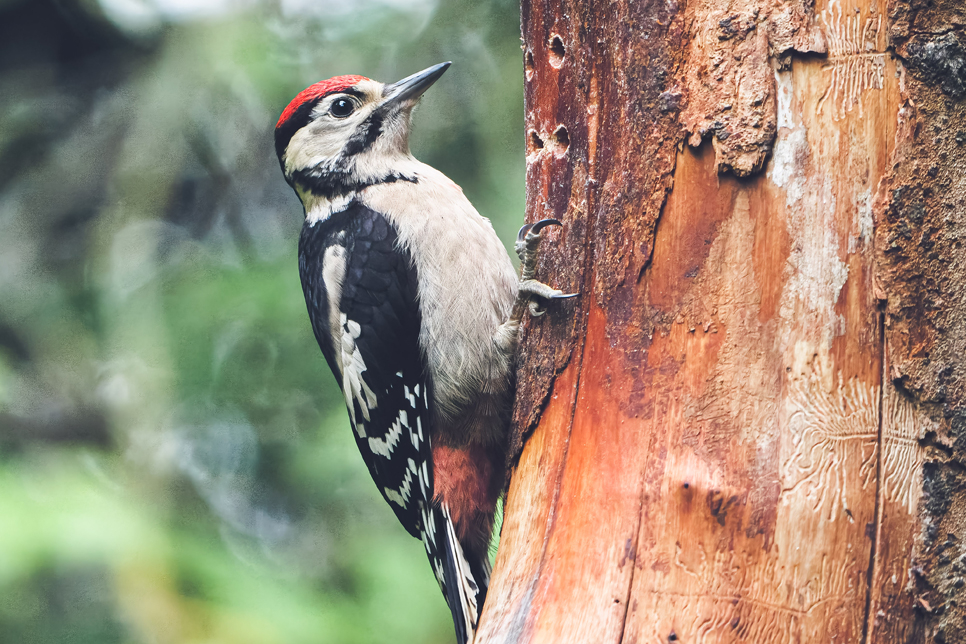Coppicing and pollarding on the reserve
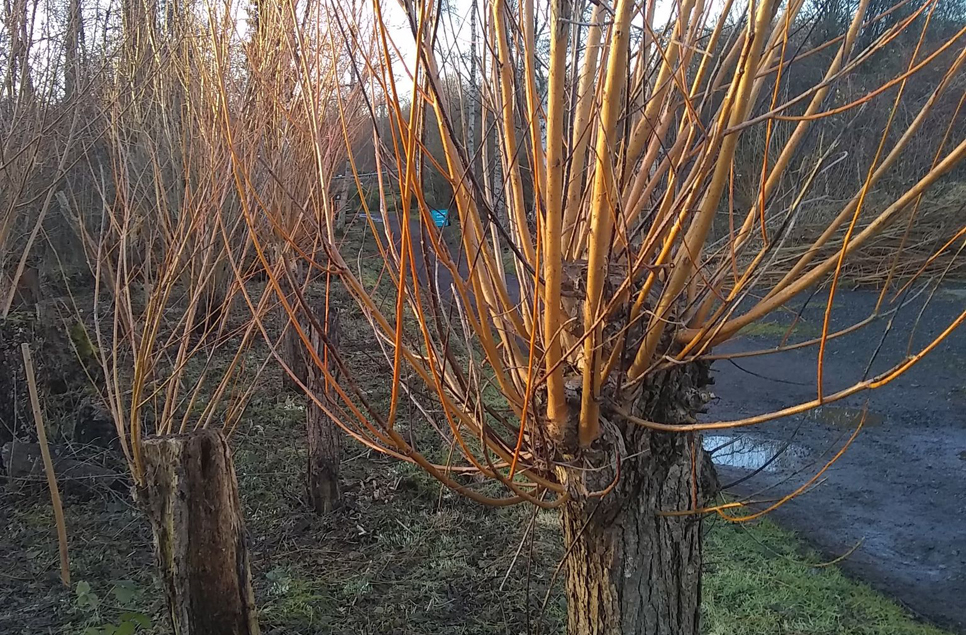
Winter is the busiest time of year for our reserve team as they prepare the whole of site for the upcoming breeding season. Our reserve team and volunteers start the mammoth task of chopping, mowing, raking and generally tidying up to help the birds that choose our site for breeding, thrive.
Around the path lines of Wader Lake is a big focus for our team to coppice and pollard trees, which not only encourages further growth of the trees for increased biodiversity, but it also helps to guide the birds down to the lake safely. We caught up with reserve manager John Gowland to find out more...
So John, what is the difference between coppicing and pollarding?
Coppicing is a pruning technique that cuts trees and shrubs to ground level, causing new shoots to grow rapidly from the base. Pollarding is when trees are cut to the main stem or trunk, ultimately controlling the height of the main stem itself.
Why is this type of vegetation management important?
By Coppicing and pollarding on a regular rotation, this will help biodiversity. Cutting small areas of the woodland or hedgerow creates new open areas or glades, and due to the extra light level this will stimulate ground cover below. This results in other plants flourishing such as grasses and wildflowers.
Within woodlands and hedgerows, butterfly caterpillars can feed on the wildflowers and grasses that have been stimulated to grow due to the coppicing and pollarding, and so the number of individuals or species of butterfly can increase. The regrowth can create a micro-climate and diverse plant life that creates cover for a host of wildlife such as insect life. This in turn provides food for small mammals and birds.
Birds such as blackbirds, robins and wrens will nest in the dense regrowth, and the older trees provide the perfect conditions for nesting willow tit who carve out nest cavities in old rotten tree trunks. When the low vegetation starts becoming dense below the tree, this helps to attract species such willow warbler, blackcap and chiffchaff - regular visitors will know these birds can often be seen during the summer months flitting around our reserve paths!
What do you do with the material that has been cut off?
Some of the willow that is coppiced and pollarded we propagate - pushing a stem into damp ground will quickly root and become a tree of its own. We also use the cut material to create dead hedges around all of our reserve and within our inner circle, which are great natural barriers or fences, and fantastic habitat corridors for many wildlife.
What will happen to those trees after they are cut?
It will regrow new shoots will grow rapidly from the base, often have vivid colours and giving a new habitat and nesting potential for many birds.
Keep an eye out during your next visit and you'll
soon notice all of the wildlife taking advantage of the coppiced and pollarded
trees. You may even notice where the cuttings have been used as fence lines and
get to see the diverse range of birds and insects that take advantage of these
natural habitat corridors!
Ready to visit?
If you've been inspired to explore Washington Wetland Centre, find out more and plan your visit online.
Plan your visit